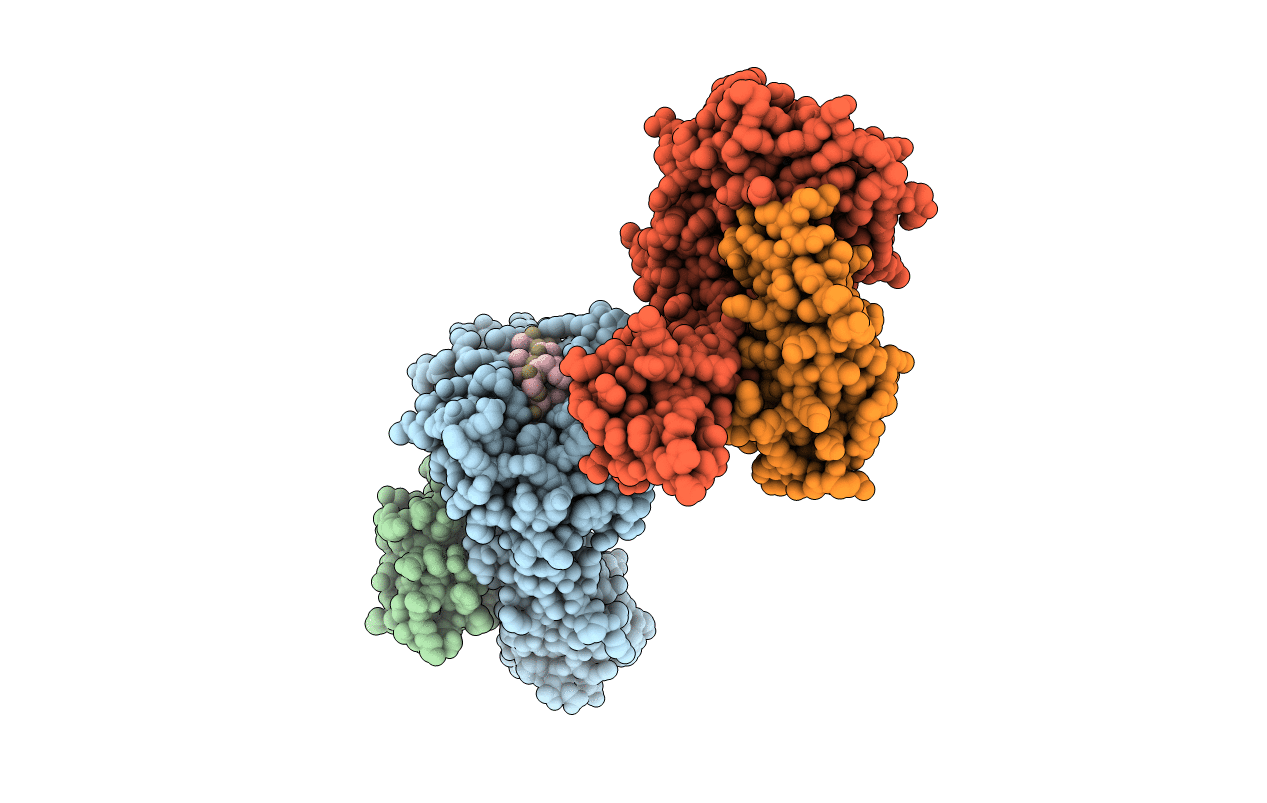
Deposition Date
2008-01-15
Release Date
2008-01-22
Last Version Date
2024-10-09
Entry Detail
PDB ID:
2VLL
Keywords:
Title:
The Structural Dynamics and Energetics of an Immunodominant T-cell Receptor are Programmed by its Vbeta Domain
Biological Source:
Source Organism:
HOMO SAPIENS (Taxon ID: 9606)
UNIDENTIFIED INFLUENZA VIRUS (Taxon ID: 11309)
UNIDENTIFIED INFLUENZA VIRUS (Taxon ID: 11309)
Host Organism:
Method Details:
Experimental Method:
Resolution:
1.60 Å
R-Value Free:
0.24
R-Value Work:
0.19
R-Value Observed:
0.19
Space Group:
P 1


